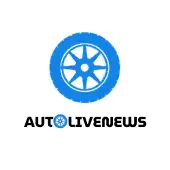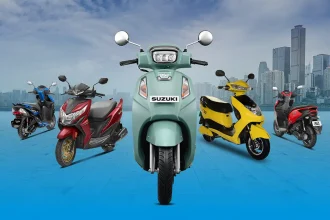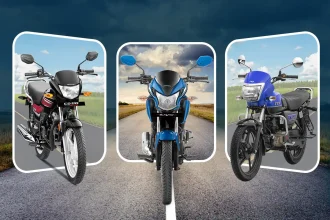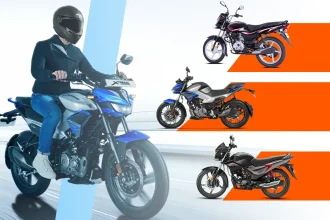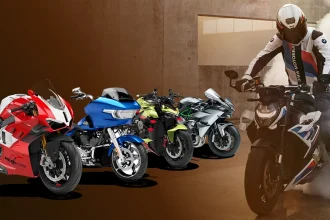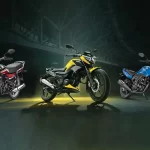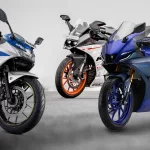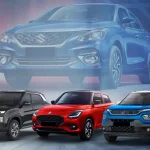Whether you’re a newbie looking to buy your first helmet or an experienced rider due for an upgrade, we bet that you’ve faced some difficulty in finding a helmet that provides everything you need. You’re probably wondering how to choose a motorcycle helmet that is comfortable, safe, and stylish from the many options available both online and offline.
In this in-depth guide, we’re going to simplify the process and explore everything you need to know before buying your next motorcycle helmet. We’ll go through different types of helmet materials, how to find your helmet shape and size, the different styles of motorcycle helmets, and helmet safety standards. So fasten your chin straps and let’s get right into it!
Which Material Should You Choose?
The helmet’s shell, or its outer surface, will be the first line of defense during an accident. The shell will end up taking the brunt of the force during an impact. Motorcycle helmets can be made of different types of materials, each of which reacts differently to impacts. Read on to learn how to choose a motorcycle helmet made from the right material.
Polycarbonate
Polycarbonate is used in less expensive motorcycle helmets. It is an impact-resistant thermoplastic that flexes when it absorbs energy from an impact. Polycarbonate helmets are affordable and light but do not provide as much protection as composite or carbon fiber helmets.
Fibreglass Composite
These helmets are made from a combination of different materials, most often fiberglass, Kevlar, and carbon fiber. Fiberglass is a strong and lightweight material that flexes and shatters while absorbing energy on impact. Kevlar is a light and strong corrosion- and heat-resistant fiber.
These materials are first woven together and then molded to create a strong, light, and flexible helmet shell. Composite helmets are lighter than polycarbonate but heavier than full carbon fiber. They are priced somewhere in the middle.
Carbon Fiber
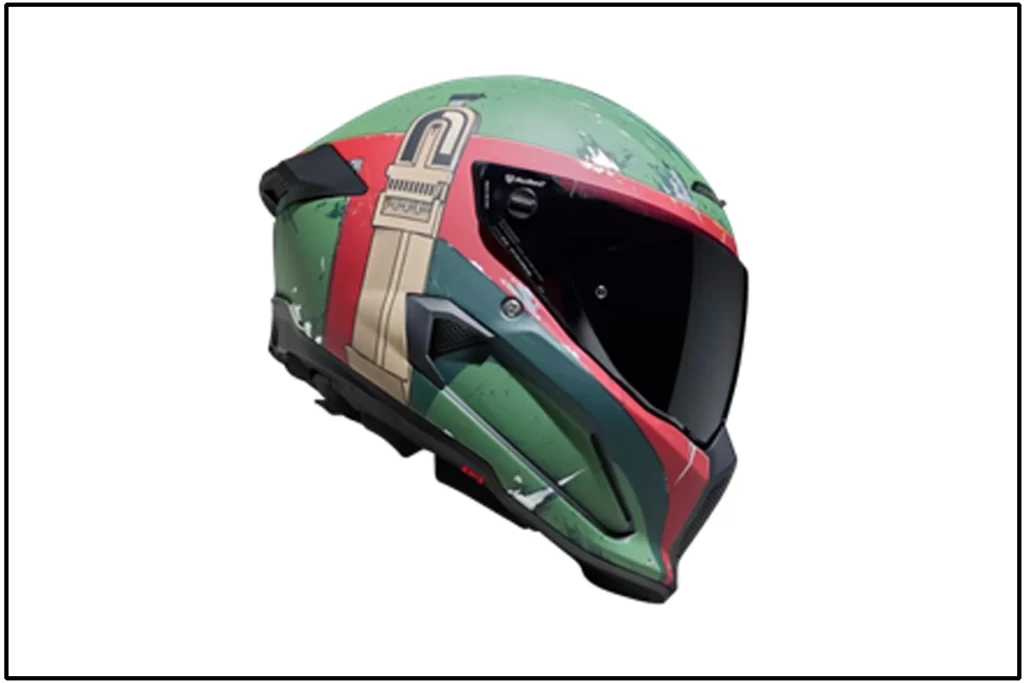
A carbon fiber motorcycle helmet will be more expensive than helmets made from other materials. As carbon fiber is strong and light, these helmets are also the lightest and most durable. They effectively disperse the energy upon impact and thus offer better protection than other types of helmets.
Determine the Right Size and Fit
The most important aspect of any motorcycle helmet is without a doubt its fit. Even the safest helmet in the world won’t be effective if it doesn’t fit well. Your helmet should fit snugly but shouldn’t be too tight or too loose. Here are some steps on how to choose a motorcycle helmet that fits well.
How to Choose a Motorcycle Helmet Shape
First, identify the shape of your head. Your head will either be a round oval, a long oval, or an intermediate oval. Most helmets are catered to a particular head shape, so trying on one that isn’t right would be like trying to fit a round shape into a square hole.
If you have long hair, tie it low and out of the way. If you have short hair, slick it down so it doesn’t obstruct the silhouette of your head. Next, take a picture of your head from above and determine what shape it is. Ask a friend for help if necessary. Identifying your head shape will make your helmet shopping experience much easier.
How to Choose a Motorcycle Helmet Size
Once you’ve figured out your head shape, let’s move on to size. You can measure your head with a fabric measuring tape or try on different helmets to see which size fits best. Try to slide your fingers between the helmet padding or move it around. The helmet shouldn’t move around when you shake your head, but it shouldn’t fit too tightly either.
How to Choose a Motorcycle Helmet Fit
If you find a helmet that fits well, try wearing it for 15-20 minutes. Sometimes, a helmet that feels right may feel uncomfortable when you wear it for a long time. Also remember, helmets feel about half or one size larger once you break them in. So tightness is normal, but pinching, chafing, and pain are not. A painful helmet will be counterproductive as it will be a distraction while riding.
During an impact, your helmet’s liner should be able to absorb the shock and safely disperse it. That’s why there shouldn’t be a huge gap between the liner and the outer shell. The liner must fit snugly enough to be effective, but shouldn’t be so tight that it becomes uncomfortable.
How to Choose a Motorcycle Helmet Weight
According to the National Institute for Highway Safety, most safe helmets weigh around 3 pounds. However, depending on the style, they may be lighter or heavier. The helmet must be well balanced; if the center of gravity is off, even a light helmet may feel heavy.
Also read: Check Out the ‘24 Toyota RAV4
Choosing the Right Type of Motorcycle Helmet
While material matters, different helmet styles also offer varying degrees of protection. Some cover only the top of your head; others may cover three-quarters, while many other styles provide full coverage to your chin, ears, eyes, and nose.
Depending on the style, a helmet may or may not feature the following elements: a chin strap, a comfort liner, an energy-absorbing crushable EPS liner, a visor, and a hard outer shell.
You may be wondering how to choose a motorcycle helmet from the many different styles available today. Here is a list of the various types of helmets available today so you can find one that suits your riding style.
1. Open-Face Helmet
An open face motorcycle helmet has both pros and cons. These helmets may either cover only the top half of your head or cover your entire head except the face. Also called jet helmets, open face helmets are affordable, light, and offer great ventilation and peripheral vision. They’re usually noisy and not very protective since they do not cover the face.
Since they aren’t as restrictive as full-face helmets, open face helmets make great commuter helmets and are also suitable for those who ride at slow, laidback speeds. These are popular with naked bike, cruiser, retro motorcycle, and scooter riders. Vintage and retro motorcycle helmets are often open face helmets.
These helmets are sometimes equipped with a flip-down sunvisor, and if not, they must be worn with goggles. Open-face helmets make it easier to eat and drink without taking the helmet off, but since they do not have a chin guard, they won’t protect your face in case of an accident.
2. Full Face Helmet
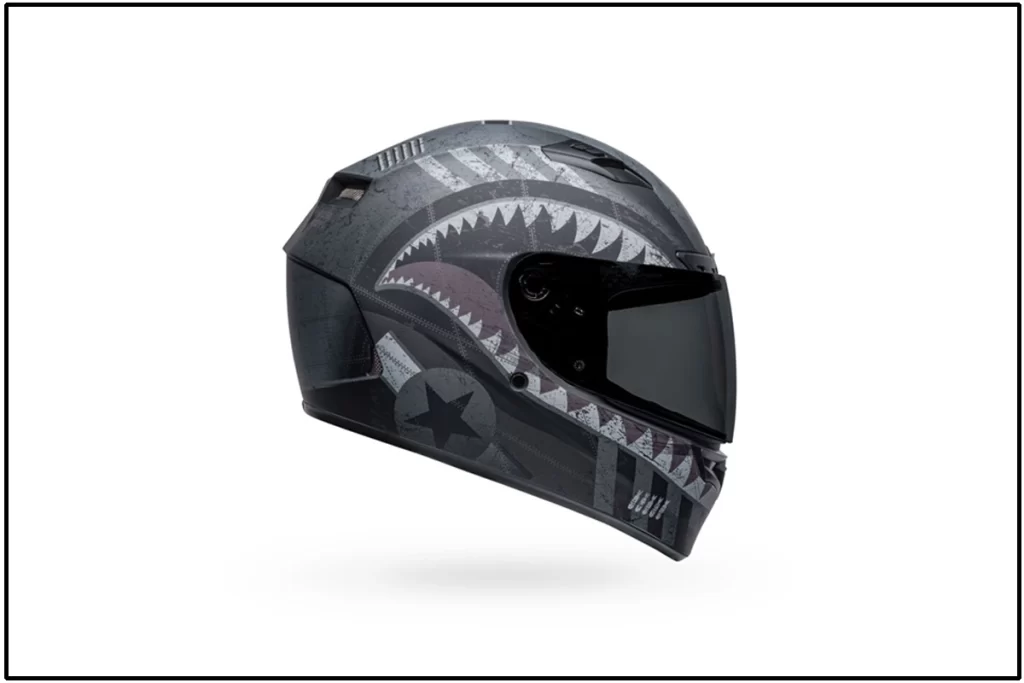
Full-face motorcycle helmets completely cover the rider’s nose, eye, and jaw area. Full-face helmets provide the highest degree of protection during an accident. They are generally very quiet but may not be as ventilated as other types of helmets. Full-face helmets are well-suited for road and track use; they offer all-round protection from the elements even at high speeds.
Full-face helmets may be divided into the following subcategories:
a. Road Full-Face Motorcycle Helmet
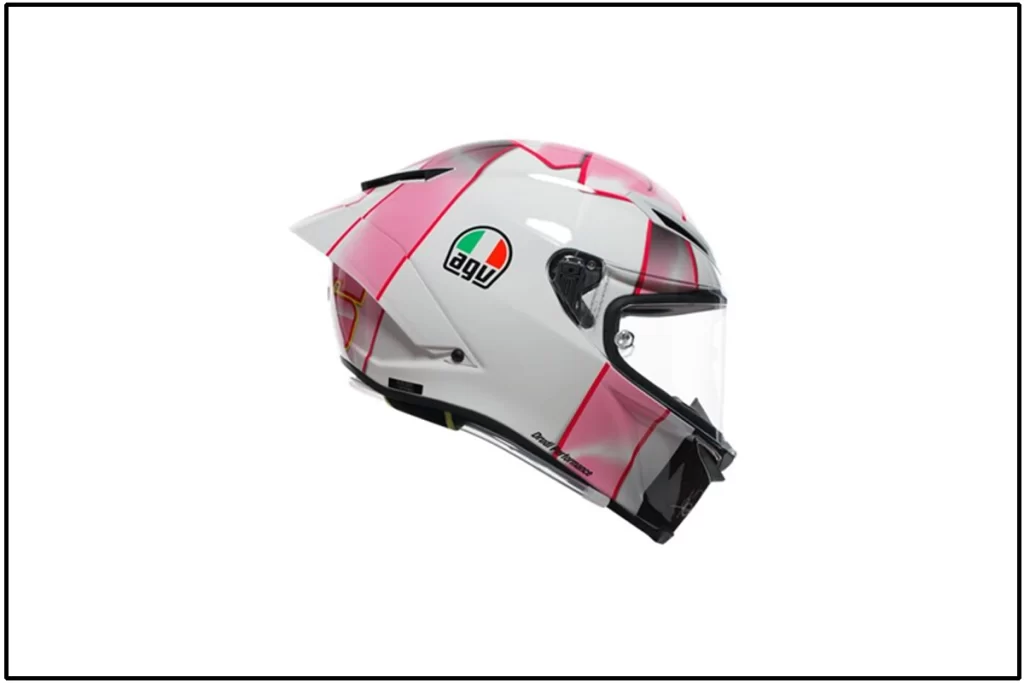
These are the full face helmets that most motorcyclists will use. Road full-face helmets are the most popular types of motorcycle helmets, and you’ll find them in almost every helmet store.
b. Race Full-Face Motorcycle Helmet
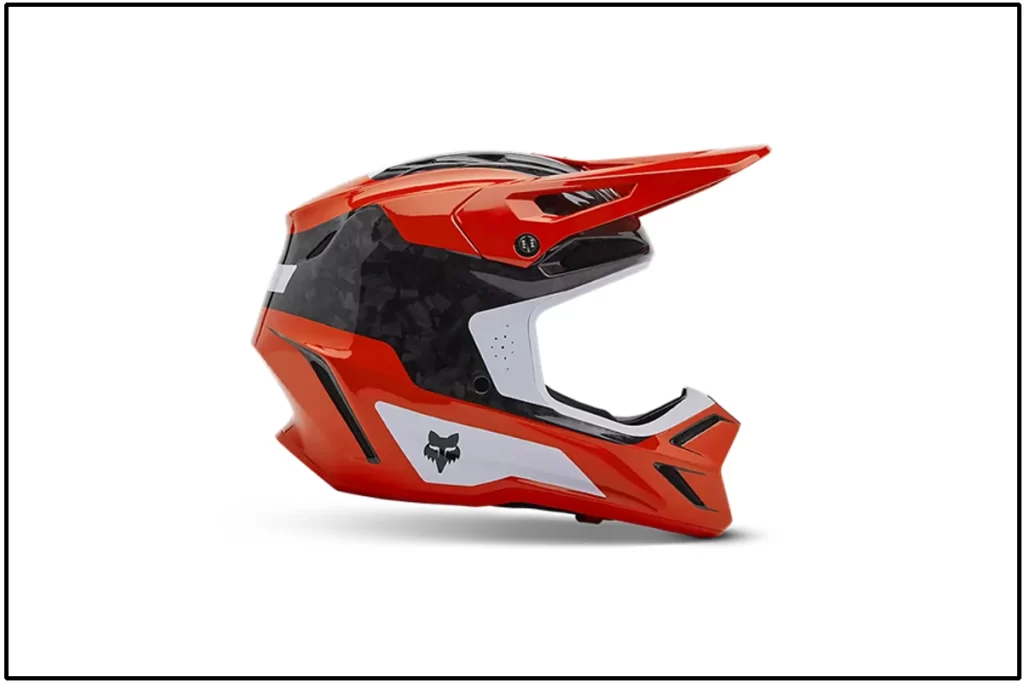
Race full-face helmets are similar to road ones but may not include comfort elements such as opening and closing vents. Race helmets may be more expensive than road helmets since they have to be safer and more durable in tough conditions. The Fox motorcycle helmet pictured above features four vents for added ventilation and a hydration routing system that allows the rider to hydrate on the go without taking the helmet off.
c. Dirt/Motox Full-Face Motorcycle Helmet
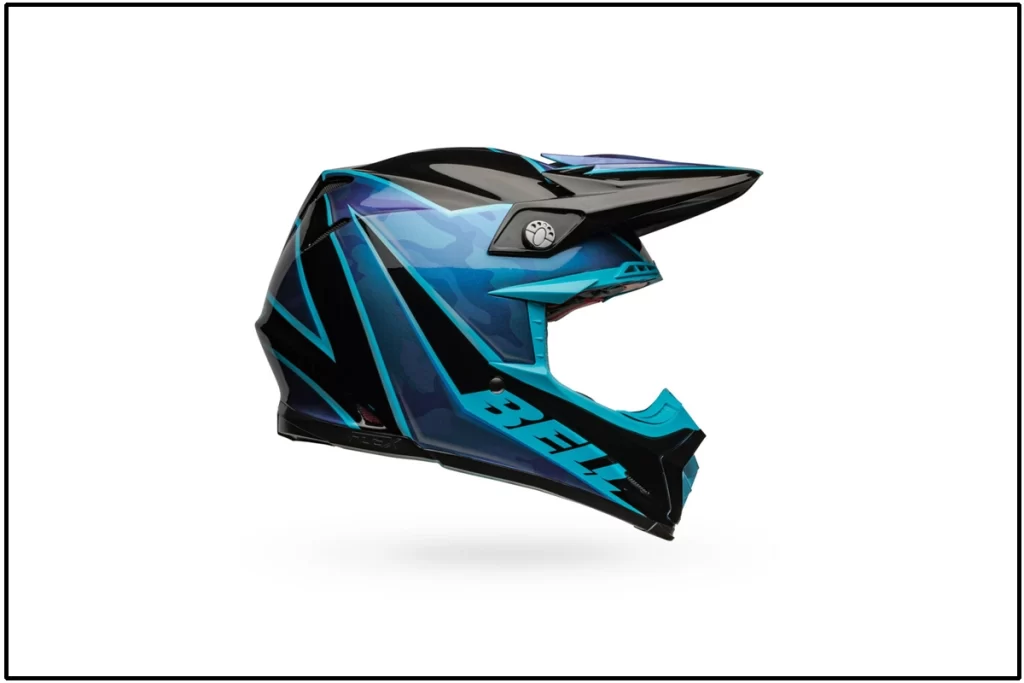
A dirt full-face helmet is meant to be used off-road, on dirt and mountain trails. They have a peak that shields the rider from the sun and an extended chin guard, which provides additional ventilation. Since these helmets don’t have a visor, you’ll have to wear goggles to protect your eyes. Dirt helmets are extremely light and well-ventilated.
Please note that since dirt helmets do not need to be approved by DOT, many of them can’t be legally used while street riding. The Bell motorcycle helmet pictured above is DOT, SNELL, and ECE certified.
d. Dual-Sport Full-Face Motorcycle Helmet

Dual sport helmets cater to those who want a single helmet that can be used to ride both on and off-road. These helmets offer similar comfort features to road helmets but also bring in the versatility of a dirt helmet. Dual sport helmets may either be road-focused or off-road-focused.
These helmets are often designed to be safer and more durable than dirt helmets, have longer adjustable visors, and offer ventilation systems catered to both trail and street use.
3. Modular Motorcycle Helmet
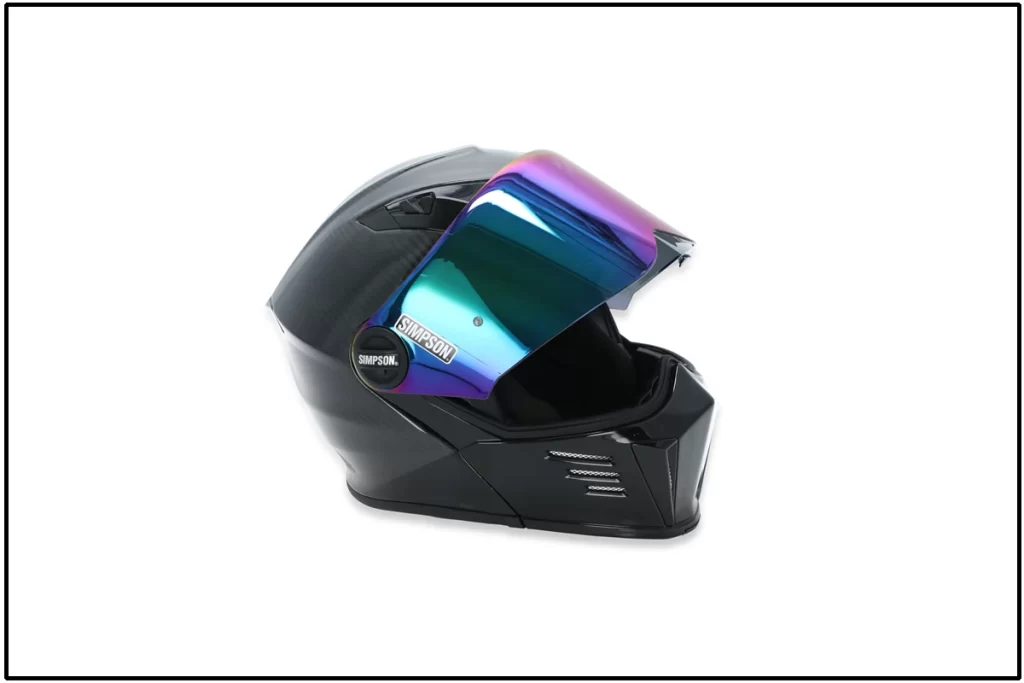
Modular motorcycle helmets are a mix between full-size helmets and open-faced helmets. They are equipped with removable chinbars and face shields, which can be moved out of the way when the helmet is not in use. When the rider triggers a release mechanism, both parts swing out of the way, temporarily converting the full-face helmet into an open-face one.
Modular motorcycle helmets offer greater versatility to riders and are popular with commuters and touring riders. While riding, they provide adequate full-face protection, which can be moved out of the way while grabbing a bite or stopping to have a chat with a friendly face. Modular helmets are often heavier than both full and open-faced helmets due to their hinged parts.
Some modular helmets may be approved for riding with the chin bar up, while others may not. Make sure to go through the details mentioned and choose a helmet that caters to your needs.
4. Dome/ Chopper/ Skull Cap Motorcycle Helmet
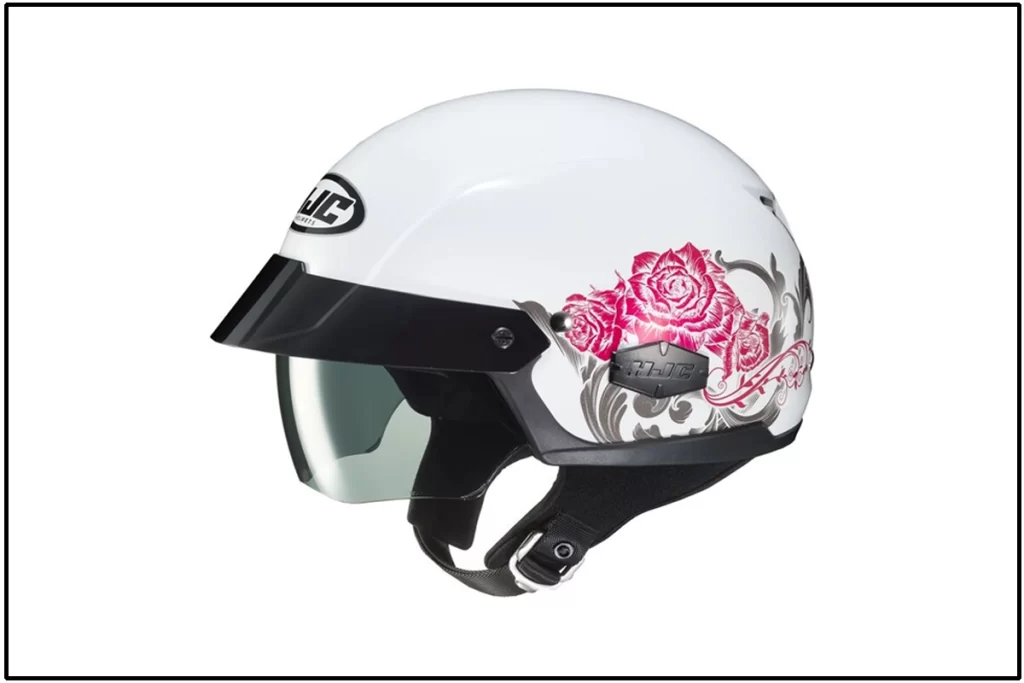
This type of helmet is highly controversial yet popular and is known by many names. Some popular models for this helmet style include the baseball cap motorcycle helmet, the German motorcycle helmet, the skull cap motorcycle helmet, and the chopper motorcycle helmet.
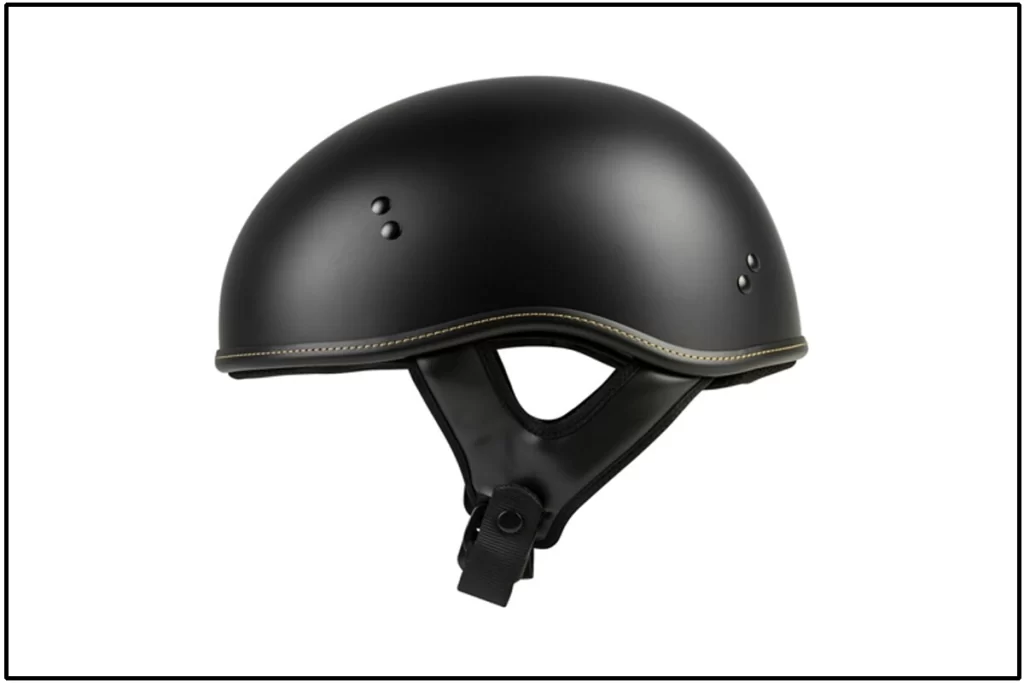
A skull motorcycle helmet protects only the top half of your head. It provides no protection to your chin, eyes, or ears. They offer a lot of ventilation and are very lightweight. Some half helmets may feature drop-down sun visors.
Half helmets are associated with the ‘outlaw’ or ‘bike gang’ image of motorcycling. They’re really popular with those who ride cruiser bikes. For all their ‘pros’, these helmets fail to provide adequate protection while riding, even if they manage to meet DOT standards.
Also read: A Look at the Tesla Model X
Safety Standards
While comfort matters, safety matters more. There is no global standard for motorcycle helmet safety, but you may be more used to seeing certain standards if you live in the US. A motorcycle helmet can be tested for and pass multiple safety standards. However, in the US, all helmets must be approved by the Department of Transportation (DOT) in order to be legal.
Let’s look at DOT, Snell, and ECE safety standards in detail so you can learn how to choose a motorcycle helmet that is safe.
DOT
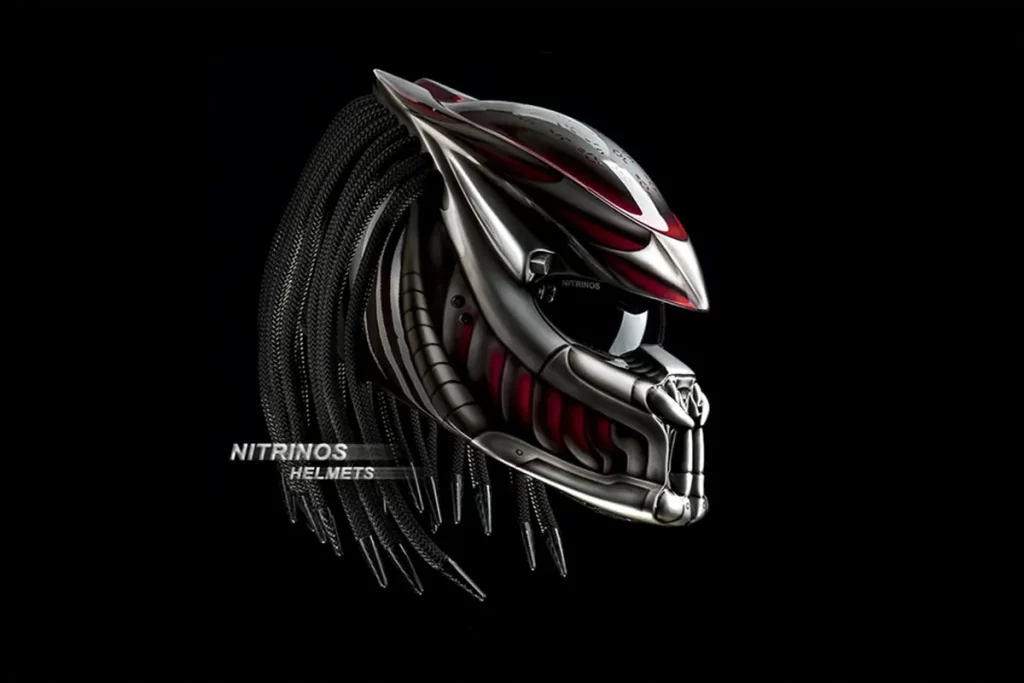
Nitrinos Predator Motorcycle Helmet. Despite their unique look, we do not recommend predator helmets as they are not DOT compliant.
All motorcycle helmets in the US must be DOT approved to be legal. The DOT certification puts helmets through four tests: an impact test, a penetration test, a retention strap test, and a peripheral vision test. Helmets that are DOT approved will feature a sticker on the back of the helmet that mentions the manufacturer name, helmet model number, and DOT, signaling that it is FMVSS No. 218 Certified.
While DOT tests aren’t easy to pass, they are the bare minimum standard that all legal helmets meet. DOT certification isn’t regulated; they do not test or approve helmet designs, and it is up to the manufacturer to self-regulate the DOT standard.
Snell
The Snell Memorial Foundation is a private non-profit organization based in the US. The Snell standard uses the following tests: an impact test, a helmet security test, a chin-bar test, a spike penetration test, and a face shield penetration test. While Snell is undoubtedly working towards improving helmet safety, some of their tests have been questioned for not reflecting real-world safety concerns.
ECE
The Economic Community of Europe 22.05 is a rigorous helmet testing standard that is used in more than 50 countries. It is a widely used helmet standard, which is why you may see both DOT and ECE certifications on certain motorcycle helmets in the US.
ECE testing puts motorcycle helmets through tests for rigidity, impact resistance, friction, retention, and chin strap strength, as well as other factors like UV light, moisture, high and low temperatures, and solvents. ECE testing is more rigorous than DOT or Snell testing. It is heavily regulated, as each helmet model must be tested before sale.
While helmets can be approved both by ECE and DOT, be aware that if a helmet is approved for ECE in Europe, its American models may also be advertised as ECE compliant even if there are changes in the manufacturing process or material quality. ECE-approved helmets will have a sticker on the helmet’s backside or a label sewn on the chin strap.
Comfort and Safety Components
If you want to know how to choose a motorcycle helmet that is safe and comfortable, pay attention to other helmet components as well.
EPS Layer
- Most helmets have a crushable foam layer made from expanded polystyrene, or EPS foam. This material is densely compressed in the inner shell and absorbs shock on impact.
Straps
- The chin straps of motorcycle helmets are secured by either a quick release buckle, a micro metric buckle, or a D-link or double D-style buckle. D-link chin straps are safer than other strap types.
Ventilation
- Certain types of helmets have more ventilation and airflow than other types. They may include air ducts and removable visors for increased airflow. Sometimes, the safest helmets might be suffocating to wear in extremely hot climates. Make sure to pick a motorcycle helmet that’s both safe and comfortable for you!
Visor
- The visor should be durable and made of high-quality materials. It must be scratch-resistant, impact-resistant, and not shatter on impact. Most visors are made from durable and scratch-resistant polycarbonate, but more affordable helmets may include acrylic visors, which aren’t as resistant to damage. If you like biking during the day, check if your visor offers UV ray protection.
Photochromic Visors
- Photochromatic visors eliminate the need for a drop-down visor since they react to UV light and automatically lighten or darken. These visors used to be pretty uncommon but are available in many modern helmets.
Pinlock
- The Pinlock system prevents visors from fogging up from your breath. This is made possible through transparent plastic inserts that are placed on the inside of the visor. Nowadays, many motorcycle helmets come with a Pinlock system or are Pinlock compatible.
Comfort Features
- Modern helmets are being fitted with an increasing number of comfort features. Nowadays, helmets feature noise reduction, UV light protection, sunshades, communication features, etc. Motorcycle helmets with Bluetooth have also become very popular.
Safety features
- Features like the MIPS system on Bell motorcycle helmets are creating new standards of safety in the industry. The Multi Directional Impact Protection system uses slip-plate technology inside helmets to reduce the harm caused by rotational forces during impact. Most safety systems exist to protect the head, not the brain, but the MIPS system is targeted towards reducing the risk of brain damage during accidents.
Also read: Explore USA’s Top Car Brands
Why is Buying the Right Helmet Important?
A motorcycle helmet is one of the most integral parts of your protective riding gear. A great motorcycle helmet will protect your head during accidents and shield your eyes from bugs, dust, and flying debris. Your helmet will shield you from rain, wind, and snow and help you ride in a safe, stress-free manner.
The Centers for Disease Control and Prevention state that motorcycle helmets prevent death by 37% for riders and up to 41% for passengers. Furthermore, wearing a motorcycle helmet can reduce the risk of head injuries by a whopping 69 percent! Helmets can also greatly reduce the risk of traumatic brain injury in serious accidents.
Frequently Asked Questions (FAQs)
When is the best time to replace a motorcycle helmet?
Ideally, you should replace your motorcycle helmet after five years, even if it seems to be in good condition, as it may not be effectively safe in a crash.
Can I buy motorcycle helmets for my pets?
Yes, you can buy cat motorcycle helmets as well as dog motorcycle helmets and goggles. Try to opt for high-quality gear instead of buying unsafe novelty items.
How to choose a motorcycle helmet that is safe?
Make sure that the helmet meets the legal safety standards for your country. Helmets with ECE, DOT, Snell, and SMART certifications are usually safer than uncertified ones.
Which style of motorcycle helmet is the most protective?
Full-face motorcycle helmets provide the most protection, as they shield your face and head from harm.
Are full-face helmets better than modular helmets?
Both helmets offer similar levels of protection. Modular motorcycle helmets are heavier and more expensive, but they also offer more versatility than full-face helmets.
